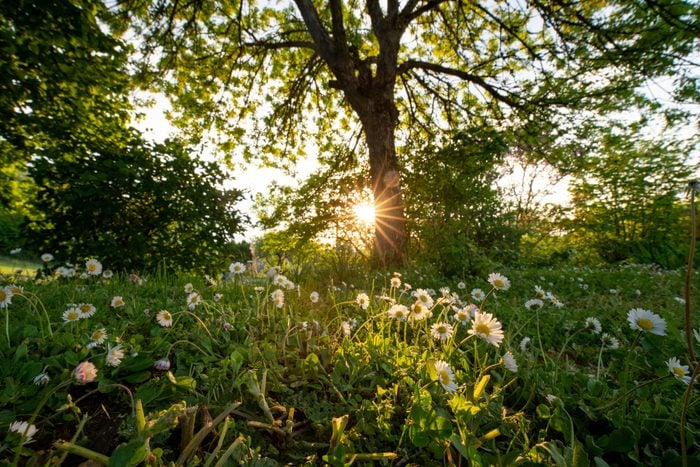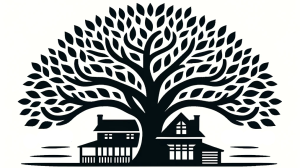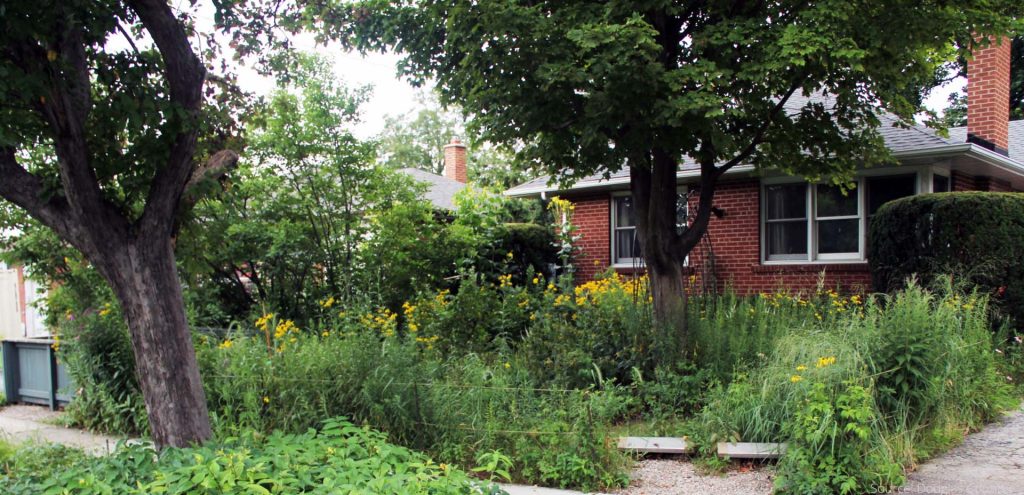As a homeowner, you may have noticed a growing trend in urban landscaping: the incorporation of wild, natural elements into our yards and gardens. This movement, known as urban rewilding, is gaining popularity as more and more people recognize the benefits of creating green spaces that prioritize biodiversity and ecological function.
At its core, urban rewilding is about bringing a touch of wilderness into our cities and suburbs. It’s about creating habitats that support a wide range of plant and animal species, from native wildflowers and trees to birds, butterflies, and even small mammals. By doing so, we can help to mitigate the impacts of urbanization on local ecosystems and provide a host of benefits for our own health and well-being.
In North Carolina, organizations like the North Carolina Native Plant Society play a crucial role in promoting the use of native plants in landscaping. They offer resources and guidance for homeowners looking to incorporate native flora into their gardens, which can enhance local biodiversity and support ecosystem health.
Another key aspect of urban rewilding is creating structural diversity in your yard or garden. This means incorporating a range of different habitat types, such as trees, shrubs, grasslands, and even small water features like ponds or rain gardens. By providing a mosaic of different microhabitats, you can attract a wider variety of species and create a more resilient, self-sustaining ecosystem.
The North Carolina Urban Forest Council provides resources and expertise on integrating trees into urban environments. Their work emphasizes the importance of trees in urban rewilding efforts, offering guidance on species selection, care, and the overall benefits trees bring to urban landscapes, including improving air quality, providing shade, and enhancing urban wildlife habitats.
Of course, rewilding your property doesn’t mean letting it turn into an untamed wilderness. It’s about finding a balance between the wild and the cultivated, the messy and the manicured. You can still maintain a tidy lawn or a well-tended vegetable garden while incorporating rewilding principles into other areas of your yard. The key is to be intentional about your choices and to prioritize ecological function over purely aesthetic considerations.
If you’re interested in joining the urban rewilding movement in North Carolina, the NC State Extension offers a wealth of information on eco-friendly landscaping practices. Their resources can help you get started on your rewilding journey, providing expert advice on everything from soil health to water conservation and native plant gardening.
One example of a successful urban rewilding project is the Rewilding Seattle initiative. While not based in North Carolina, it serves as an inspiring model for how communities can come together to create a network of wildlife corridors and native habitats in urban areas. Similarly, North Carolina’s own urban and suburban spaces hold vast potential for such transformational projects, with local organizations and resources providing the necessary support and guidance.

Another inspiring example comes from the suburbs of Chicago, where the conservation group Citizens for Conservation has been working to restore native prairie and woodland habitats on private properties for over 50 years. While this initiative is outside NC, it highlights the potential for similar projects within the state, especially given North Carolina’s rich biodiversity and variety of native plant and animal species.
As these examples show, urban rewilding is not just about individual actions, but about building community and working together to create a more sustainable, resilient future. By joining the movement, you can help to transform your own little corner of the world into a haven for biodiversity, while also reaping the many benefits of a more natural, connected way of life.
So why not start today? Take a look at your yard or garden with fresh eyes, and imagine the possibilities for creating a wilder, more vibrant space in North Carolina. Plant a native oak tree or a patch of milkweed, install a rain barrel or a bird feeder, and watch as your property comes alive with the sights and sounds of nature. Together, we can rewild our cities and suburbs, one yard at a time.


Leave a Reply